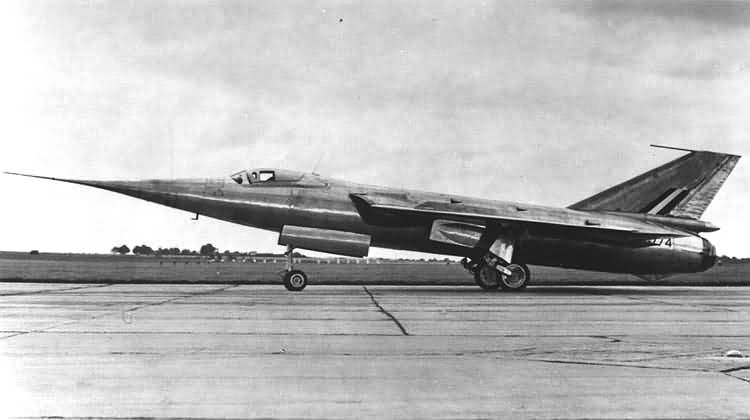
- For PC
- For MAC
- For Linux
- OS: Windows 10 (64 bit)
- Processor: Dual-Core 2.2 GHz
- Memory: 4GB
- Video Card: DirectX 11 level video card: AMD Radeon 77XX / NVIDIA GeForce GTX 660. The minimum supported resolution for the game is 720p.
- Network: Broadband Internet connection
- Hard Drive: 23.1 GB (Minimal client)
- OS: Windows 10/11 (64 bit)
- Processor: Intel Core i5 or Ryzen 5 3600 and better
- Memory: 16 GB and more
- Video Card: DirectX 11 level video card or higher and drivers: Nvidia GeForce 1060 and higher, Radeon RX 570 and higher
- Network: Broadband Internet connection
- Hard Drive: 75.9 GB (Full client)
- OS: Mac OS Big Sur 11.0 or newer
- Processor: Core i5, minimum 2.2GHz (Intel Xeon is not supported)
- Memory: 6 GB
- Video Card: Intel Iris Pro 5200 (Mac), or analog from AMD/Nvidia for Mac. Minimum supported resolution for the game is 720p with Metal support.
- Network: Broadband Internet connection
- Hard Drive: 22.1 GB (Minimal client)
- OS: Mac OS Big Sur 11.0 or newer
- Processor: Core i7 (Intel Xeon is not supported)
- Memory: 8 GB
- Video Card: Radeon Vega II or higher with Metal support.
- Network: Broadband Internet connection
- Hard Drive: 62.2 GB (Full client)
- OS: Most modern 64bit Linux distributions
- Processor: Dual-Core 2.4 GHz
- Memory: 4 GB
- Video Card: NVIDIA 660 with latest proprietary drivers (not older than 6 months) / similar AMD with latest proprietary drivers (not older than 6 months; the minimum supported resolution for the game is 720p) with Vulkan support.
- Network: Broadband Internet connection
- Hard Drive: 22.1 GB (Minimal client)
- OS: Ubuntu 20.04 64bit
- Processor: Intel Core i7
- Memory: 16 GB
- Video Card: NVIDIA 1060 with latest proprietary drivers (not older than 6 months) / similar AMD (Radeon RX 570) with latest proprietary drivers (not older than 6 months) with Vulkan support.
- Network: Broadband Internet connection
- Hard Drive: 62.2 GB (Full client)
From March 13th 15:00 GMT to March 14th 15:00 GMT, 10% discount on "de Havilland Vampire" and "Gloster Meteor F.8"
In 1950’s the Ministry of Supply issued a specification for a supersonic research aircraft, and Fairey set about meeting this with a delta-winged aircraft designed for investigation into flight and control at transonic and supersonic speeds.
The first Fairey Delta 1 was produced at the Stockport factory in 1951. It had famous thin delta wing used on Fairey Delta 2 (FD 2) which first flew in 1954. The final design was mid-wing tailless delta single seater monoplane, powered with Rolls-Royce Avon engine which had an afterburner.
An Interesting feature of the aircraft was that in order to improve view during take-off, taxiing and landing the cockpit and nose section could be hinged downwards by ten degrees, something that was later seen on Concorde.
Fairey test-pilot Peter Twiss flew the first FD2, WG774, on 6th October 1954 and that was followed by no less but 400 test flights. The Idea about breaking the record occurred to the pilot after numerous breaking of the sound barrier even without using full engine power. Record breaking was attempted in in 1956 when the Ministry of Supply allowed the aircraft to be used but that was done at Fairey's expense. RAF cooperated and their radar stations were used to help guide the aircraft by the shortest route to the start gate.

WG774 with the original polished-metal finish. It later received yellow "go faster" stripes, followed by a purple and yellow scheme, before conversion to the BAC 221.
Only on it's eighth attempt, cameras on the ground were successful in capturing the plane and the record was officially noted in history books. The first aircraft to break the 1132 mph (1820 kph) in level flight, 300 mph (483kph) more more then American F100 Super Sabre which held the record until then.
Only two Fairey Deltas were ever built. The British Government believed the fighter age was over and also development stopped because of their supersonic bangs (noise pollution). The aircraft is presently on display at the RAF museum in Cosford.



